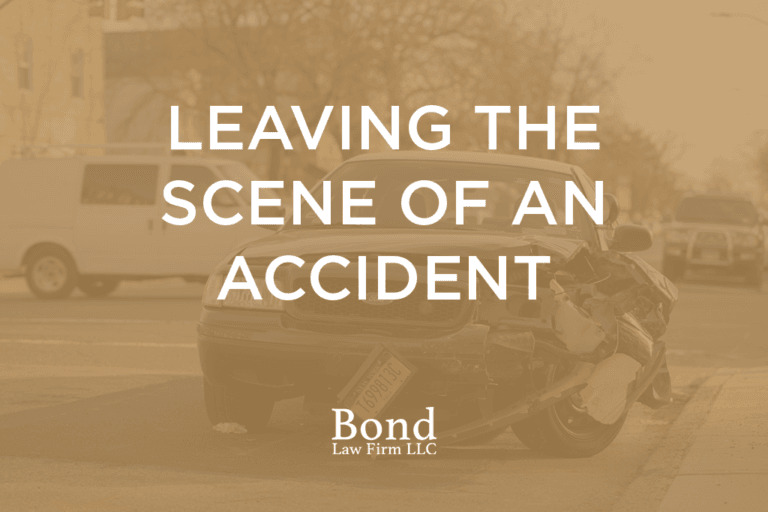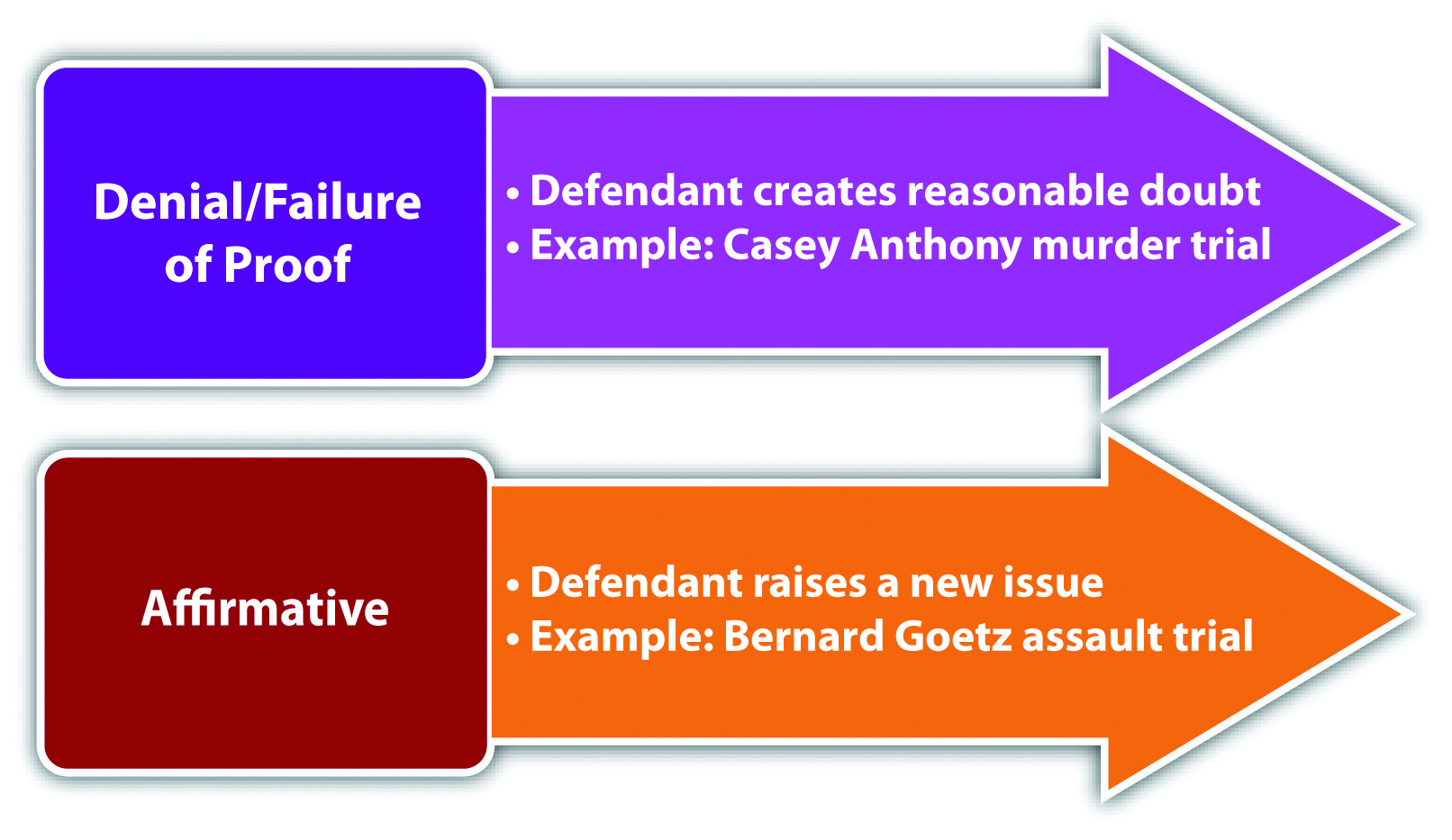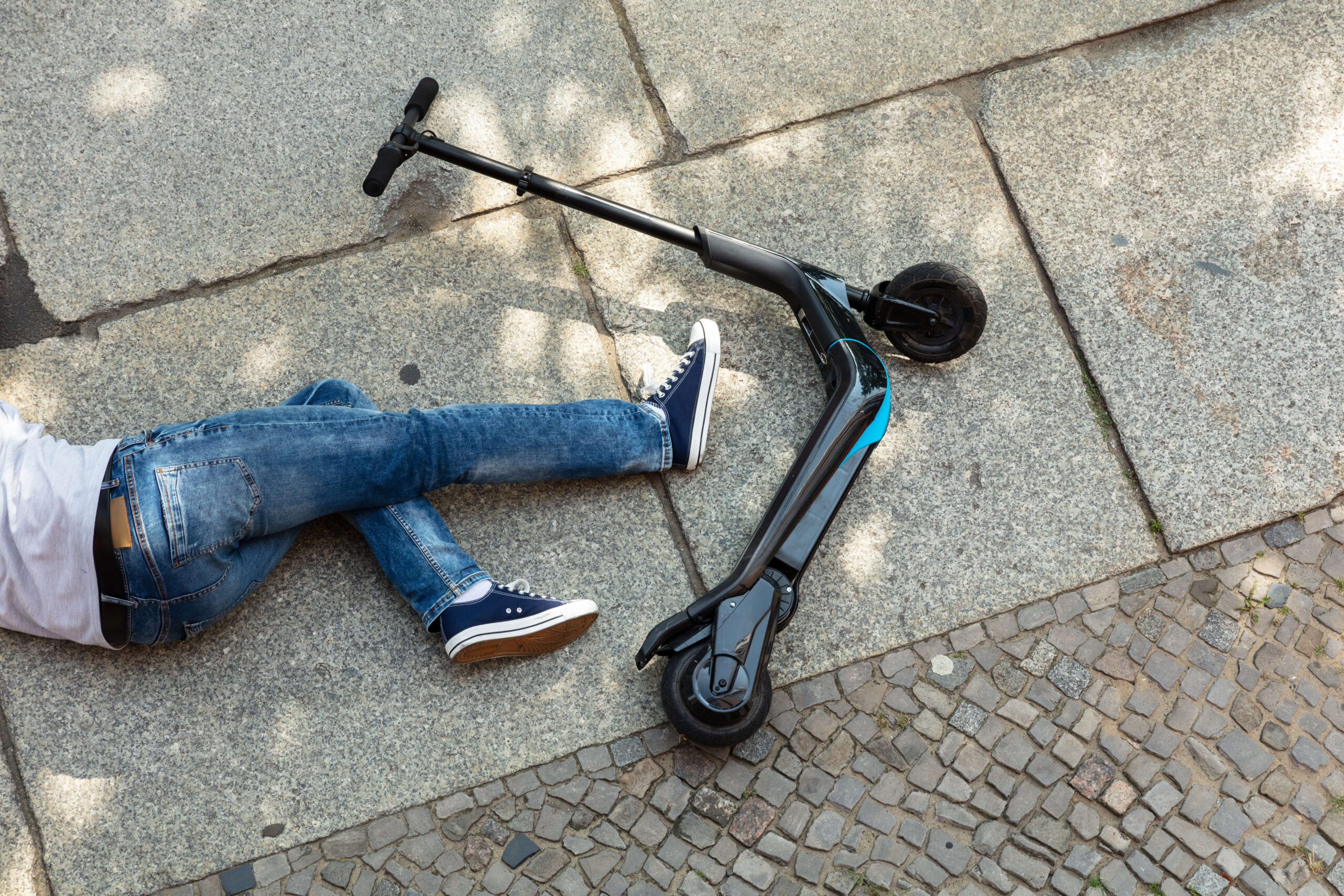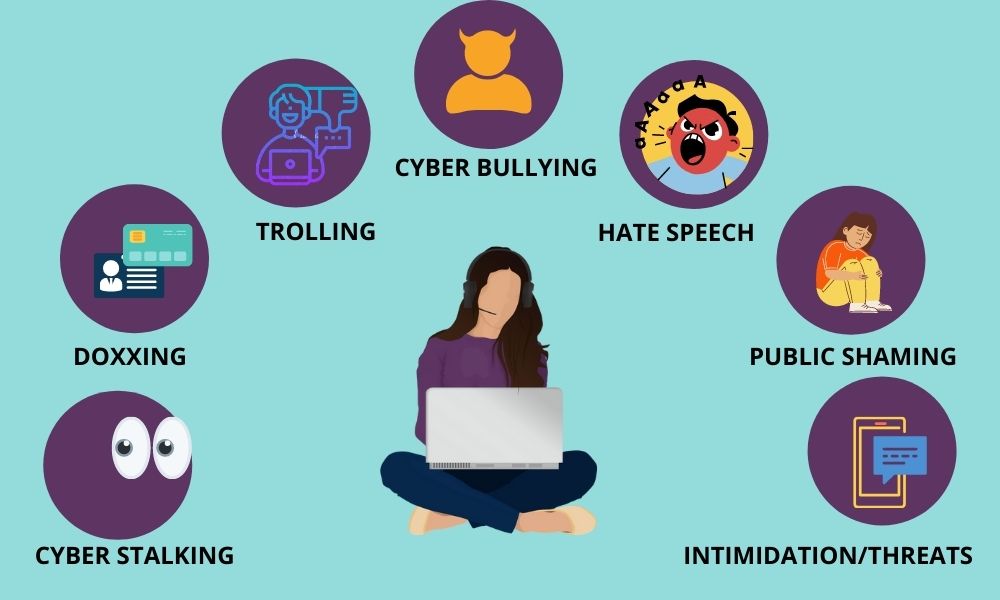Legal Consequences of Hit and Run: Understanding the Risks – The decision to flee the scene of an accident, however panicked you may feel, can have devastating and far-reaching consequences. Leaving the scene of an accident, whether involving property damage or personal injury, is a serious offense with potentially severe legal repercussions.
This article delves into the complex legal ramifications of hit-and-run offenses, examining the criminal charges, civil liability, and legal defenses that can arise from such incidents.
Hit-and-run incidents can be categorized based on the nature of the accident. For instance, a driver who leaves the scene after causing property damage might face lesser charges than a driver who flees after injuring someone. The severity of the consequences hinges on various factors, including the extent of the damage or injury, the driver’s intent, and the circumstances surrounding the incident.
The legal framework surrounding hit-and-run offenses is intricate and varies by jurisdiction. Understanding the potential legal ramifications is crucial for drivers, as it can significantly impact their future.
Defining Hit and Run: Legal Consequences Of Hit And Run
Hit and run is a serious offense that involves a driver leaving the scene of an accident without fulfilling their legal obligations. This offense can have severe legal consequences, including fines, imprisonment, and license suspension.
The legal consequences of a hit-and-run accident can be severe, potentially including fines, jail time, and a revoked driver’s license. To mitigate the financial burden of such an event, Rhode Island residents should consider obtaining comprehensive home insurance coverage, which can help protect against a variety of risks, including liability claims.
A thorough understanding of available options can be found in this comprehensive guide to Rhode Island Home Insurance Quotes. While insurance can provide financial support, it’s essential to prioritize safe driving practices and avoid any actions that could lead to a hit-and-run incident.
Hit and Run Incidents
Hit and run incidents are typically characterized by a driver leaving the scene of an accident without taking the necessary steps to identify themselves, exchange information with other parties involved, and report the incident to the authorities. This can include leaving the scene without providing assistance to injured individuals or without ensuring the safety of others involved.
The legal consequences of a hit-and-run accident can be severe, ranging from fines to jail time. While navigating these legal complexities, it’s also important for boat owners to ensure adequate coverage, especially for those serving in the military. Boat Insurance Quote USAA: A Guide for Military Members provides valuable information on securing the right insurance policy, helping to mitigate potential financial risks in the event of an accident.
The importance of proper insurance coverage underscores the need for responsible boating practices and the potential ramifications of failing to do so.
Types of Hit and Run Offenses
Hit and run offenses are classified based on the nature of the accident and the actions of the driver. Common types include:
- Leaving the Scene of an Accident with Injury:This occurs when a driver leaves the scene of an accident where someone has been injured. The severity of the injury is irrelevant, and the driver’s failure to remain at the scene can result in serious charges.
- Leaving the Scene of an Accident with Property Damage:This offense involves a driver leaving the scene of an accident where property has been damaged. The amount of damage is immaterial, and the driver’s failure to stop and report the incident is a criminal offense.
- Hit and Run with a Fatal Accident:This is the most serious type of hit and run offense, involving a driver leaving the scene of an accident where a fatality has occurred. These cases often carry the most severe penalties, including lengthy prison sentences.
Criminal Consequences

Hit and run offenses carry serious criminal consequences, with the severity of the charges depending on the circumstances of the incident.
The legal consequences of a hit-and-run accident can be severe, ranging from fines to jail time. To ensure you’re adequately protected, it’s essential to have comprehensive auto insurance coverage, and you can find a quote from USAA, a well-regarded insurer, by checking out Get a USAA Insurance Quote: A Comprehensive Guide.
Having the right insurance in place can help mitigate the financial and legal burdens associated with a hit-and-run incident.
Factors Influencing Charge Severity
The severity of criminal charges for a hit and run offense is determined by a number of factors, including the nature of the incident, the extent of damage, and the driver’s intent.
- Injuries:If someone is injured in a hit and run accident, the charges will be more severe. The severity of the injuries will also influence the potential penalties.
- Property Damage:The amount of property damage caused by the hit and run will also influence the severity of the charges.
- Driver’s Intent:If the driver intentionally left the scene of the accident, the charges will be more severe than if the driver left the scene out of panic or fear.
Potential Criminal Charges
The potential criminal charges associated with a hit and run offense vary by jurisdiction, but common charges include:
- Leaving the Scene of an Accident:This charge is typically a misdemeanor, but can be elevated to a felony depending on the circumstances.
- Reckless Driving:This charge is often brought in conjunction with a hit and run offense, especially if the driver was speeding or driving erratically.
- Assault or Battery:If someone is injured in a hit and run accident, the driver may be charged with assault or battery.
- Vehicular Manslaughter:In cases where a death results from a hit and run, the driver may be charged with vehicular manslaughter, which is a serious felony.
Possible Penalties
The penalties for a hit and run offense can include:
- Fines:Fines can range from a few hundred dollars to tens of thousands of dollars, depending on the severity of the offense.
- Imprisonment:Jail time for a hit and run offense can range from a few days to several years.
- License Suspension:A driver’s license can be suspended or revoked for a period of time.
- Community Service:The court may order the offender to perform community service.
- Probation:The offender may be placed on probation, which can include conditions such as drug testing, counseling, or community service.
Civil Liability

Beyond the criminal penalties, a hit-and-run driver can face significant civil liability, potentially impacting their finances and future. These civil claims arise from the harm caused to the victim, and the driver’s failure to stop and provide assistance.
Civil Claims Against Hit-and-Run Drivers
A hit-and-run victim can pursue various civil claims against the driver, seeking compensation for their injuries and losses. Common claims include:
- Negligence: This claim is based on the driver’s failure to exercise reasonable care, leading to the accident and the victim’s injuries. The victim must demonstrate that the driver’s actions fell below the standard of care expected of a reasonable person in similar circumstances.
- Wrongful Death: If the accident results in a fatality, the victim’s family can file a wrongful death lawsuit. This claim seeks compensation for the loss of companionship, support, and income.
Damages in Hit-and-Run Cases
The damages a hit-and-run victim can seek are extensive and aim to compensate for all losses resulting from the accident. These damages can include:
| Type of Damages | Description | Examples |
|---|---|---|
| Medical Expenses | Covers all medical costs incurred due to the accident, including hospital stays, surgeries, medications, and physical therapy. | Hospital bills, doctor’s fees, ambulance charges, prescriptions. |
| Lost Wages | Compensates for income lost due to the inability to work as a result of the injuries. | Lost earnings, reduced earning capacity, missed promotions. |
| Pain and Suffering | Recognizes the physical and emotional distress caused by the accident, including pain, suffering, emotional trauma, and mental anguish. | Physical pain, emotional distress, anxiety, PTSD, loss of enjoyment of life. |
| Property Damage | Covers the cost of repairing or replacing damaged property, such as the victim’s vehicle or personal belongings. | Vehicle repairs, replacement of personal items, property damage. |
| Punitive Damages | May be awarded in cases where the driver’s actions were particularly reckless or malicious, intended to punish the driver and deter similar behavior. | Cases involving drunk driving, fleeing the scene after causing serious injuries. |
Example:In a case where a hit-and-run driver caused a severe accident, resulting in significant medical expenses, lost wages, and emotional distress, the victim could seek substantial damages to cover these losses. The court might award compensation for medical bills, lost earnings, pain and suffering, and punitive damages, depending on the circumstances and severity of the injuries.
Legal Defenses

Hit-and-run cases often involve complex legal issues, and defendants may raise various defenses to mitigate or avoid criminal and civil liability. Understanding these defenses is crucial for both prosecutors and defense attorneys in navigating the legal process.
Common Defenses
Defenses in hit-and-run cases often center around the driver’s state of mind and the circumstances surrounding the accident. Common defenses include:
- Lack of Knowledge of the Accident: A driver may argue that they were unaware of hitting another vehicle or person. This defense is often difficult to prove, especially if there is significant damage to the vehicle or if witnesses saw the accident.
- Reasonable Belief of No Injury: If the driver genuinely believed that no one was injured in the accident, they may argue that they were not legally obligated to stop. However, this defense is often challenging to establish, as drivers are generally expected to exercise caution and investigate the scene.
- Imminent Danger: A driver may claim that they were in imminent danger and had to leave the scene to protect themselves or others. This defense typically requires evidence of a credible threat, such as a hostile crowd or an armed assailant.
- Mistaken Identity: In some cases, a driver may be wrongly accused of being involved in a hit-and-run. This defense requires strong evidence to establish that the accused driver was not at the scene of the accident.
Circumstances Where Defenses May Be Successful
The success of a hit-and-run defense depends on the specific facts of the case and the applicable laws in the jurisdiction. For example, a driver who leaves the scene of an accident after calling emergency services and ensuring the safety of the injured party may be able to argue that they were not legally obligated to remain at the scene.
However, it is generally advisable to stop at the scene of any accident, even if no injuries are apparent, to avoid potential legal consequences.
Examples of Successful Defenses, Legal Consequences of Hit and Run
- Case 1:A driver hits a parked car in a deserted area at night. The driver, unaware of the impact due to the darkness, continues driving. Upon discovering the damage to their vehicle later, the driver returns to the scene and reports the accident to the authorities.
This scenario may support a defense of lack of knowledge of the accident.
- Case 2:A driver is involved in a minor fender bender in a high-traffic area. The driver, believing that no one was injured and that the damage was minimal, exchanges contact information with the other driver and leaves the scene. This scenario may support a defense of reasonable belief of no injury, but it is crucial to note that the driver must have exchanged contact information with the other party.
Epilogue
In conclusion, the decision to flee the scene of an accident can have severe legal consequences. Understanding the potential criminal charges, civil liability, and available legal defenses is paramount. If you are involved in an accident, the safest course of action is to stop, assess the situation, and cooperate with law enforcement.
Remember, the consequences of a hit-and-run offense can be far-reaching, potentially impacting your freedom, finances, and driving privileges for years to come.



